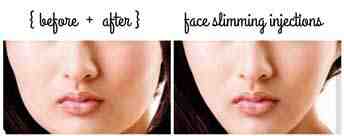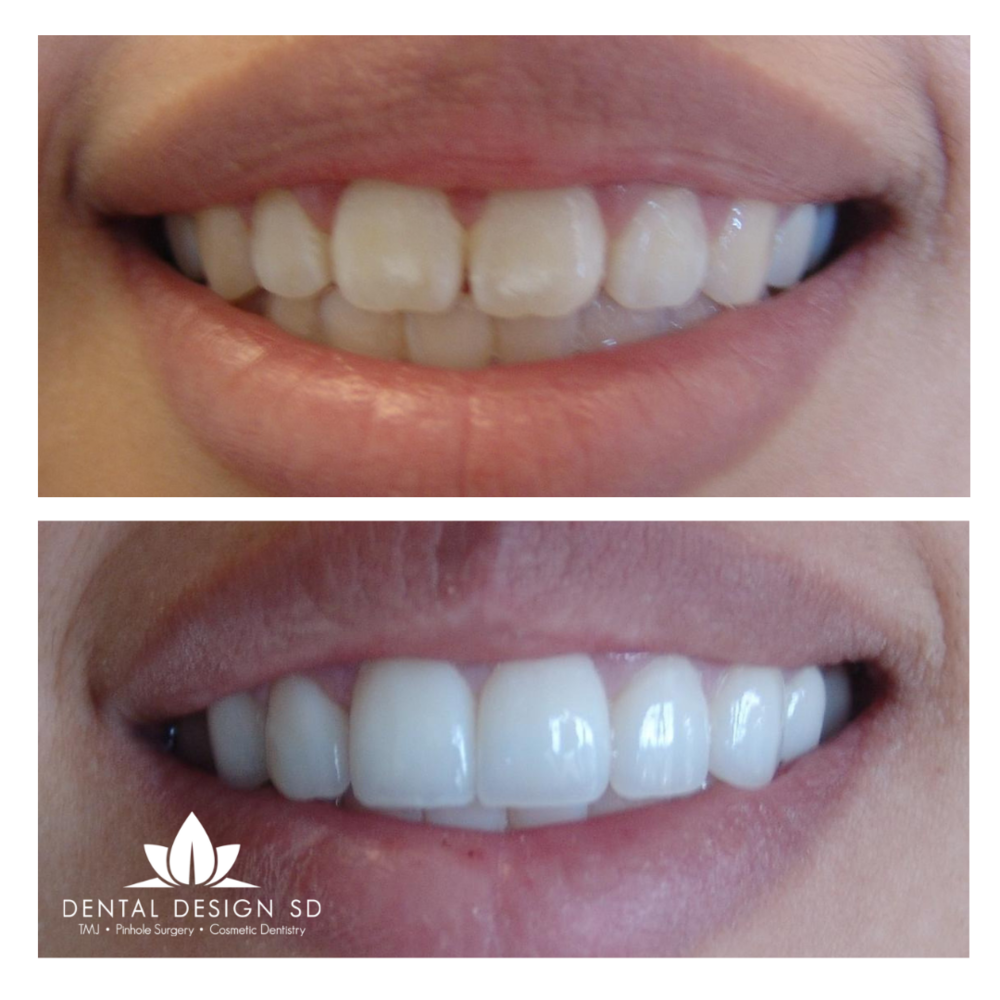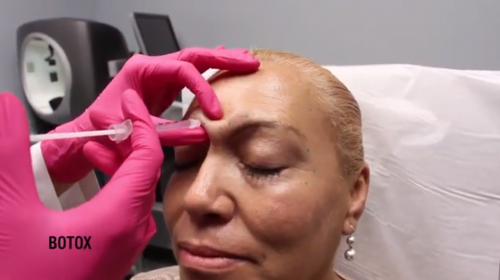How many units of Botox do I need for jaw clenching?

The amount of Botox needed to treat this area varies between 60 and 100 units of Botox, depending on the thickness of the muscle. Patients can expect headaches and twitching to disappear within a week and will see the full effects of jaw thinning about a month after treatment, when the muscle has had time to atrophy.
Is 32 units of Botox a lot?
In total, I injected 32 units, which is considered a moderate amount.
How should I sleep after Botox?
You can sleep in any position after taking Botox®, but you should avoid lying down for at least four hours after the treatment.
Can Botox slim your face?
In addition to smoothing out wrinkles, Botox can be used to slim and shape the face. Doctors achieve this by targeting the masseter muscles in the back of the jaw. These muscles can give the face a square shape.
How does insurance cover Botox for TMJ?
Botox injections are primarily cosmetic, which makes them ineligible for insurance coverage. Since Botox is not approved by the FDA as a treatment for TMJ, insurance is unlikely to cover it. However, if the TMJ is severe enough to cause migraines, insurance may cover Botox as a treatment.
How long does it take for TMJ Botox to work?
TMJ Botox injections can take 10 to 30 minutes to complete. Most patients will begin to experience relief within 24 to 48 hours. The relief can continue to increase for up to a week.
How often do you need Botox for TMJ?
Overall, I get these injections every 4-6 months, about 30 units in each masseter muscle. There’s such a thing as taking too much Botox – if you watch Bravo, you’ve probably been exposed to this – so be careful.
Will insurance cover Botox for teeth grinding?
The cost of Botox treatment varies, he said, but is covered by most health insurers. Although on a small scale, the study showed that Botox is better than a placebo at treating tooth grinding, he said.
Do dentists do Botox for TMJ?

Botox has been given by dentists for years, but think about what Botox does: it temporarily stops nerve cell signals from reaching the muscles and reduces abnormal muscle contractions. With that in mind, you can understand how it can also be helpful in relaxing the muscles around the jaw.
How can I reduce my square jaw naturally?
First, minimizing chewing gum throughout the day can help make your master muscle look smaller and thus decrease the appearance of a square jaw. Another option is to inject Botox into the masseter muscle itself, thereby weakening its action and diminishing its effect on the appearance of the face.
Does Botox for TMJ change face shape?
Take away. The masseter muscle is located in the jaw and cheek area. If you suffer from severe bruxism or TMD, taking Botox into this muscle can relieve symptoms. It can also outline the jawline and balance the overall shape of the face.
How do you permanently cure TMJ?
That said, the following are how TMJ could be cured permanently:
- Custom made splints. The custom-made splints are made to be applied on the lower or upper teeth. …
- Physiotherapy. Physical therapy involves exercises that are appropriate for the joint. …
- Surgery. …
- Transcutaneous electrical nerve stimulation.
How much does Botox in the jaw cost?

Your treatment needs, the number of Botox injections, and the severity of your symptoms will determine how much you spend on the procedure. The geographic location where you receive your treatment will also affect the cost. Treatment could cost anywhere from $ 500 to $ 1,500 or more, according to a doctor.
What does 20 units of Botox get you?
Botox is priced per unit. On average, each unit costs $ 10 to $ 15. If you get up to 20 forehead units, you might consider a total of around $ 200 to $ 300 for horizontal forehead lines treatment.
Can Botox tighten jawline?
Botox can soften the chin and jaw.When Botox is injected into the area, it simultaneously relaxes the overstimulated muscles and constricts the jaw, leaving behind a more feminine profile. The results of Botox injections for these purposes last for about a year.